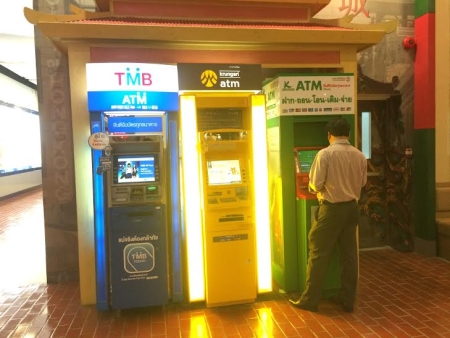
High foreign currency loan-to-deposit ratio a potential risk for Thai banks
The banks' foreign currency LDR is amongst the highest in ASEAN.
Thai banks will continue to have sufficient liquidity and robust funding profiles, thanks to the predominance of retail deposits. According to Moody's Investors Service, loans, on the other hand, will grow modestly without straining liquidity conditions.
Here's more from Moody's:
The systemwide liquidity coverage ratio was 174% at end-April 2017, well above a minimum regulatory requirement of 70%. In addition, the system's loan-to-deposit ratio was broadly stable at 96% in March 2017, compared to 95% a year earlier.
We expect Thai banks to maintain their LDRs below 100%, because their loan growth will be moderate. As such, competition for deposits will not likely increase in the system.
One risk to Thai banks' funding profiles is a relative high foreign-currency LDR, which was 170% at end-March 2017, among the highest in the ASEAN region. However, foreign-currency assets account for only about 11% of total assets, and foreign-currency loans' share in total loans is only 7%.
Most of Thai banks' foreign currency loans are short-term trade financing for local corporates. They hedge these loans with foreign exchange swaps in the domestic market.






















 Advertise
Advertise








